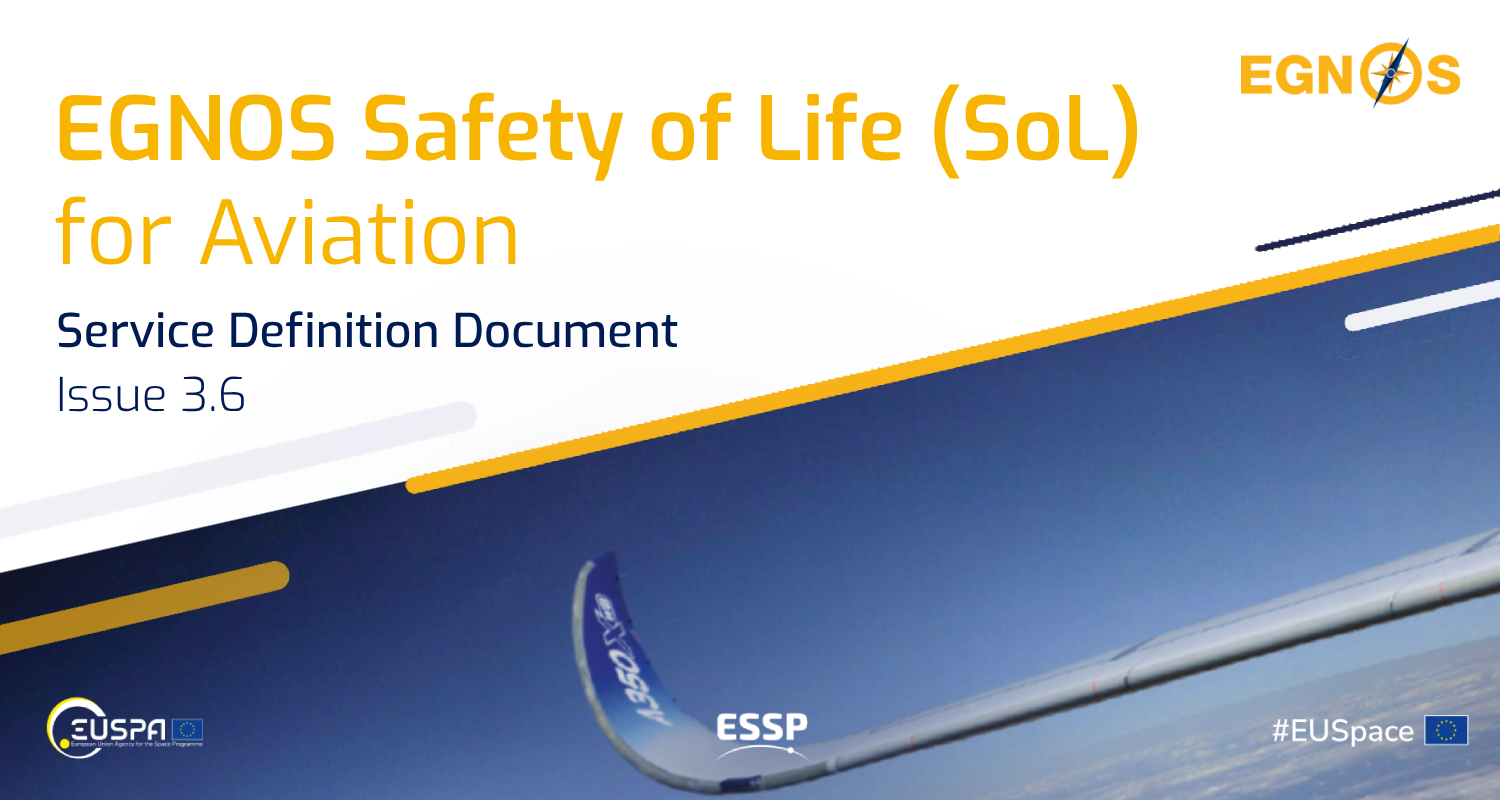
The new EGNOS SoL Service for Aviation SDD introduces several updates designed to improve the precision, reliability, and safety of satellite navigation services in aviation.
One of the standout features in SDD v3.6 is the introduction of updated commitment maps. These maps visually represent the regions where EGNOS commits to delivering a specific level of service performance. The new maps bring significant improvements in service availability, particularly across the North, East, and West, offering aviation users a clearer understanding of where they can expect the highest levels of accuracy and reliability.
The document also highlights updates to the EGNOS architecture, covering both space and ground segments. The space segment update provides the latest information on the GEO satellites delivering EGNOS services. On the ground, the expansion of the RIMS network, including a new site in Kuusamo, Finland, strengthens the system’s robustness, particularly in remote and challenging environments.
Another significant update in this version is the detailed analysis of ionospheric activity's impact under Solar Cycle 25, which began in December 2019 and is expected to peak around 2025. This extreme solar activity poses challenges to satellite navigation. The document offers insights into how EGNOS continues to maintain reliable performance, even under adverse ionospheric conditions.
EUSPA Head of the EGNOS Exploitation Department, Jean-Marc Piéplu commented on the release, stating, “The EGNOS Safety of Life Service for Aviation SDD v3.6 reflects our commitment to continuous improvement. These updates ensure that EGNOS remains a cornerstone of aviation safety, providing users with the precision and reliability they need in an increasingly complex operational environment.”
The release of SDD v3.6 underscores EGNOS's ongoing dedication to delivering high-precision and reliable navigation services, reinforcing its vital role in the evolution of modern aviation operations.
